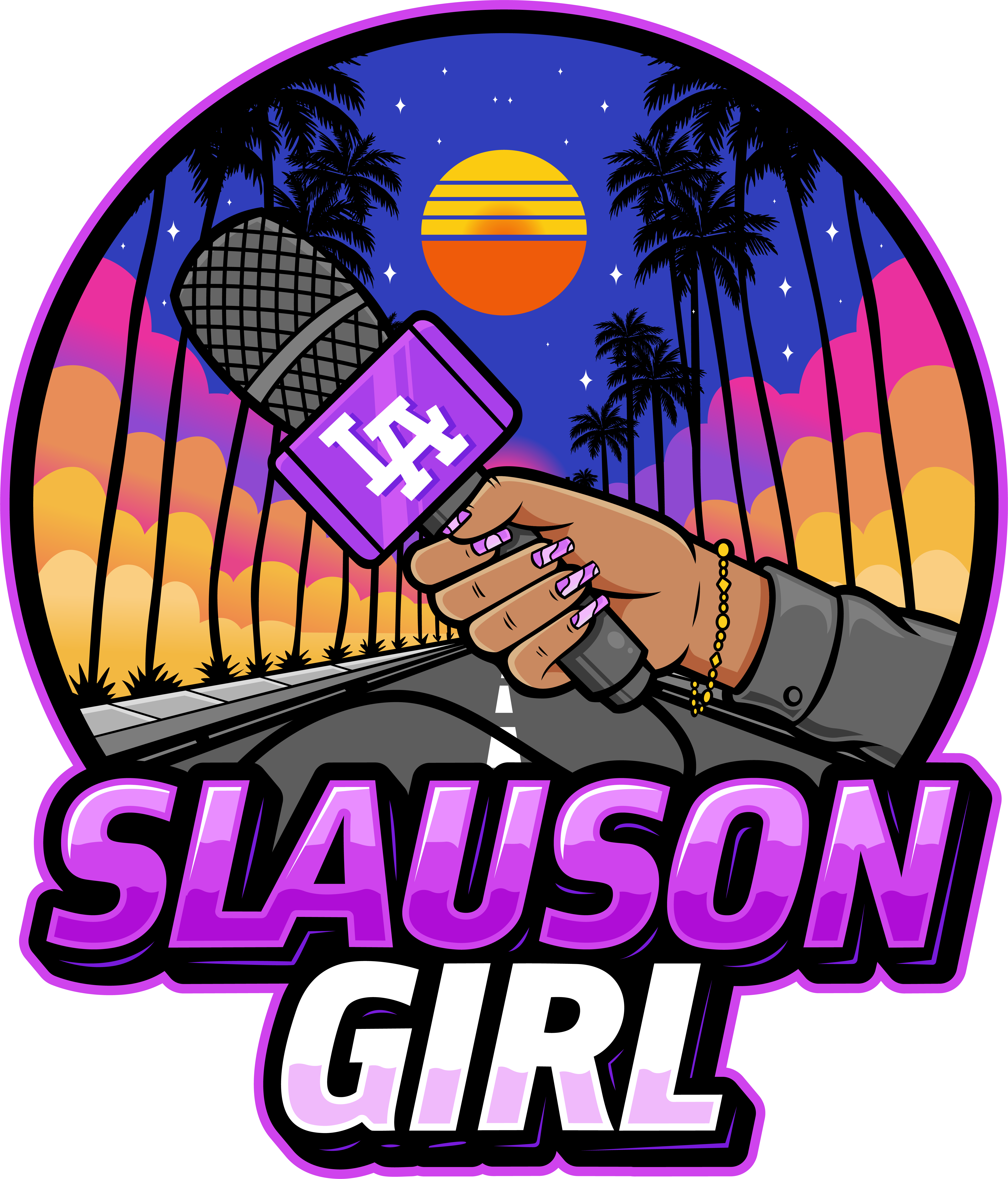
Rap is a type of music. Hip-Hop is a way of life. These words are used interchangeably but mean distinctly separate things. On March 27 and 28 the Black Student Union hosted its first annual Hip-Hop Conference to show what Hip-Hop really means.
The first day consisted of presentations by students and on the second day there was a performance by Nac One, an artist in the underground Hip-Hop scene from the Bay Area.
Halifu Osumare, the director of African-American studies at the University of California, Davis, was the featured speaker.
Autumn Fannin who is a psychology graduate student, is the president of Black Student Union. She shared her thoughts on the importance of the Hip-Hop conference at Humboldt State University.
“Hip-Hop is a creative space where people can develop community, passion, motivation and empowerment,” Fannin said.
“[It] serves as a resiliency factor for those expressing their personal struggles within their own identity.”
Fannin said Hip-Hop is more than just music, it’s a cultural identity.
She felt the conference was important because it provided students and faculty a chance to express themselves as individuals and show how Hip-Hop relates to them.
On the second day Osumare gave a presentation elaborating on the history of Hip-Hop and its four elements: breakdancing, graffiti tagging, djing and rapping.
She explained that Hip-Hop started as a street culture in the south Bronx in the late 1970s. It was the voice and actions of impoverished youth that sought to direct their energy into ways that were deemed positive.
Equipped with their parents’ records and stereo equipment they were the original DJs, who started playing records at parties for the neighborhood kids who could not get into the local clubs and establishments.
Others turned to breakdancing, a popular type of dance in the late 70s. Youth who could dance the best participated in dancing over song “breaks.” A break is the section of the song where only the beat is played. Beat breaks can be found in almost any genre of music.
Before it was over a microphone, rap was developed by people who “talked cool.” It was deemed a person could “rap” because they talked cool and smoothly. In its initial stages, rap was DJ’s who would rhyme over the microphone while they spun tracks for the crowd.
Graffiti was the aim of youth in recreating the things they were seeing around them through art and a way to interact with those who might see their work. These artists made the city their canvas, painting on subway cars and old buildings–the familiar rattle of a spray can tickling the ears of their would be audience passing by.
The Hip-Hop conference was themed around recreating the image of Hip-Hop and resisting its commercialization.
Student presentations included film screenings, discussions and slide shows.
The discussed topics included the most influential women in Hip-Hop and whether true Hip-Hop is still alive.
Conversation also focused on the negativity of rap music today, graffiti as a legitimate form of art and what Hip-Hop means on a personal level.
Ivanna Tejeda, a junior at HSU presented a film called “Rhyme & Reason,” a 1997 film that interviews hip-hop artists of the day.
The film is considered an excellent resource for those trying to understand the fundamentals of Hip-Hop.
Tejeda praised the organizers of the conference and said she has wanted to create something similar since she started at HSU in 2011.
“Our Hip-Hop community can use a reality check, because we forget about community, humanity, peace, love and happiness as we get entangled with all the external forces twisting our perceptions to what is and isn’t. Screw that!” Tejeda said.
“It is important to educate folks, fans or not, about Hip-Hop’s roots and potentialities; to dismantle any harms that disempower our greatness for being a stronger community.”
Tejeda also stressed the importance of welcoming people to the Hip-Hop community and not placing restrictions on who can join.
Osumare spoke out about how Hip-Hop’s emphasis on community empowerment is being overshadowed by commercialization. Hip-Hop is now a multi-billion dollar industry and is manufactured by major labels and corporations.
She shed light on how Hip-Hop is still a movement at the street level and is being used today in positive ways, yet we would never know because the media focuses solely on the mainstream manufactured rap music.
Michael Madsen, a senior sociology major, gave a presentation on authenticity within Hip-Hop.
He noted what was once a cultural signifier for the black experience, responding to political and class oppression, has now transitioned into a form of expression for communities across the globe, encompassing a vast array of social differences.
“I had a few friends back in the day who were music study majors and we examined a lot of the mainstream hip-hop and it follows this particular pattern that has been scientifically geared toward catching the ear, and catching the rhythm of the heartbeat,” Madsen said.
“It’s like marketing in a sense. They figure out what captures your attention and more or less distract you to keep buying into it.”
Madsen commented on the “gangster” image that has become heavily associated with the Hip-Hop.
“In my opinion [the gangster] is like the capitalist of the ghetto,” Madsen said. “The ‘gangster image’ can be seen as synonymous with the white capitalist being out of control.”



